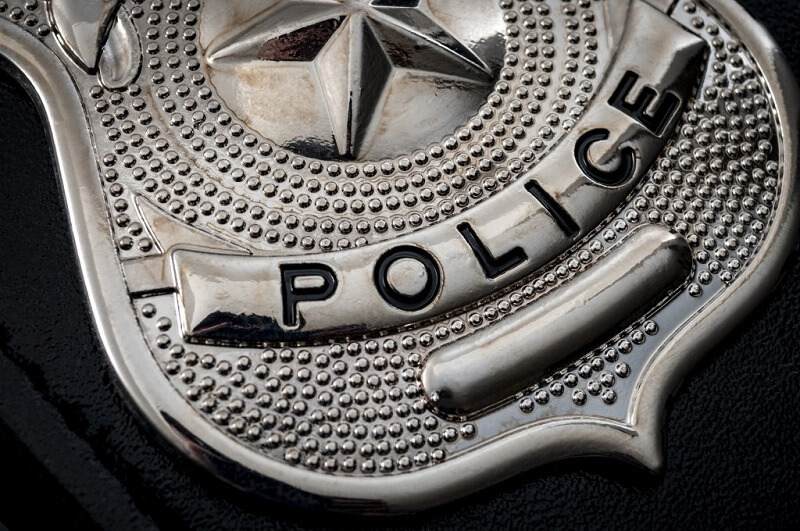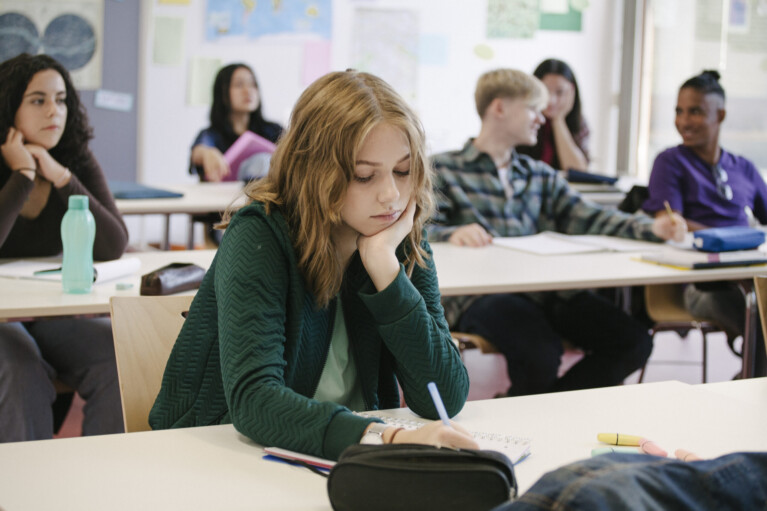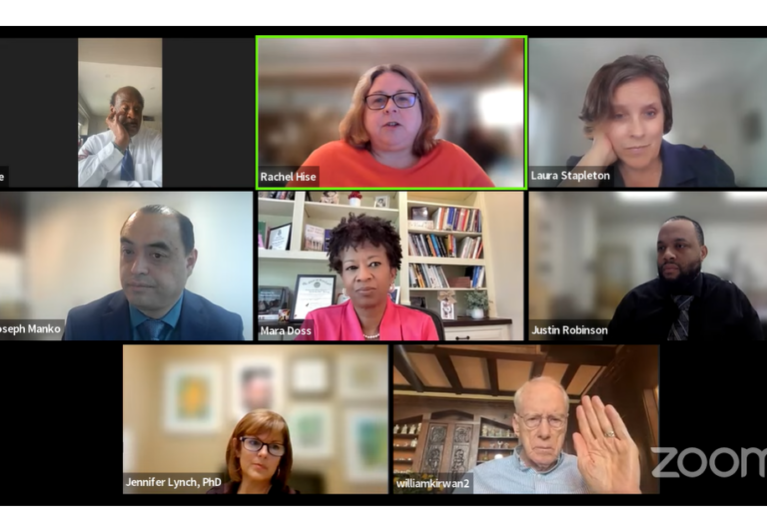
By John Marinelli
The writer is a juris doctor candidate at the Georgetown University Law Center.
On a December day in 2013, 14-year-old Qoyasha left class without permission and led administrators on a chase through the halls of his Salisbury middle school. The young man eventually returned to his technology classroom, but when school officials finally caught up to him, he refused to accompany them to the principal’s office.
As punishment for this episode of teenage defiance, one might expect a phone call home, detention or even suspension. Instead, an assistant principal summoned Sheriff’s Deputy Robert Parker to intervene.
When Qoyasha — who has an emotional disability — pushed the deputy away from him, the police officer pepper sprayed him in the face, handcuffed him and escorted him from the scene. Qoyasha thus joined the ranks of students throughout Maryland who face criminal prosecution and police violence as punishment for ordinary misbehavior.
Police first arrived in Maryland schools in 1967, when the city of Baltimore requested that 25 police officers patrol the city’s schools. And in the 1970s, school police played a role in suppressing Black students’ civil rights demonstrations.
Today, Maryland requires by law that all public schools either permanently station school resource officers like Deputy Parker on campus or work with a local police department to arrange patrols.
Presumably, in sending law enforcement to the state’s middle and high schools, policymakers intend to promote school security. But empirical studies of similar programs show that school resource officers do not make campuses any safer.
And stories like Qoyasha’s demonstrate that they too often have the opposite effect.
Similar episodes of police violence emerge from across the state:
In 2013, school security cameras at Suitland High in Prince George’s County recorded a police officer removing his gun belt, taking off his bulletproof vest and kneeling to pray, before standing and punching a child in the face. The officer engaged in this bizarre episode because he believed that the student had marijuana in his pocket. The student did not, in fact, have any marijuana.
In 2014, a Baltimore school resource officer pepper-sprayed three young women and beat them with his baton. This attack sent one of the students to the hospital with a head gash that required six stitches.
In 2016, another Baltimore officer was recorded violently slapping and kicking a student at the city’s REACH school. The child’s crime? Tardiness.
These incidents happen because police officers are not trained to educate children. They are trained to subdue and arrest criminals. So, when all you have is a hammer, children start looking like nails.
At schools with police, students are more likely to be arrested for minor misbehavior, even controlling for other factors like crime rates in the surrounding neighborhood. Students are most commonly arrested for simple assault, or for disorderly conduct. This means that children face criminal consequences for schoolyard fights, and for the sort of routine misbehavior that landed Qoyasha in handcuffs.
Put differently, kids are arrested for acting like kids.
And these results are no accident.
A U.S. Department of Justice investigation in Missouri found that police view arrests at school as a positive result of their work. But that perception couldn’t be further from the truth.
Criminal consequences don’t “scare kids straight.” Rather, involvement with the criminal justice system wreaks havoc in the lives of young people, and the effects of juvenile incarceration can last a lifetime. Arrest increases the probability that students will drop out of school, and formal processing into the juvenile justice system actually increases delinquency.
Juvenile detention has a wide array of well-documented detrimental effects, including increased likelihood of later interaction with police and a reduction in future employment prospects.
These consequences disproportionately impact Black students. Though they represent only about a third of the state’s public school students, Black children constitute nearly half of all arrests at Maryland schools. And in every single incident of police violence described above, the students whom police attacked were Black.
Maryland law requires that schools keep police on campus. But law enforcement officers don’t make schools safer. Instead, they serve only to stamp children with criminal records as a consequence for ordinary childhood misbehavior.
Worse yet, across the state, too many children experience police brutality in the hallways of their own schools. And these consequences fall disproportionately on the shoulders of Black Marylanders.
A number of legislative efforts to reform these tragic circumstances failed last year. But Marylanders do not need to accept this situation. It’s high time to get police out of Maryland schools.





 Creative Commons Attribution
Creative Commons Attribution